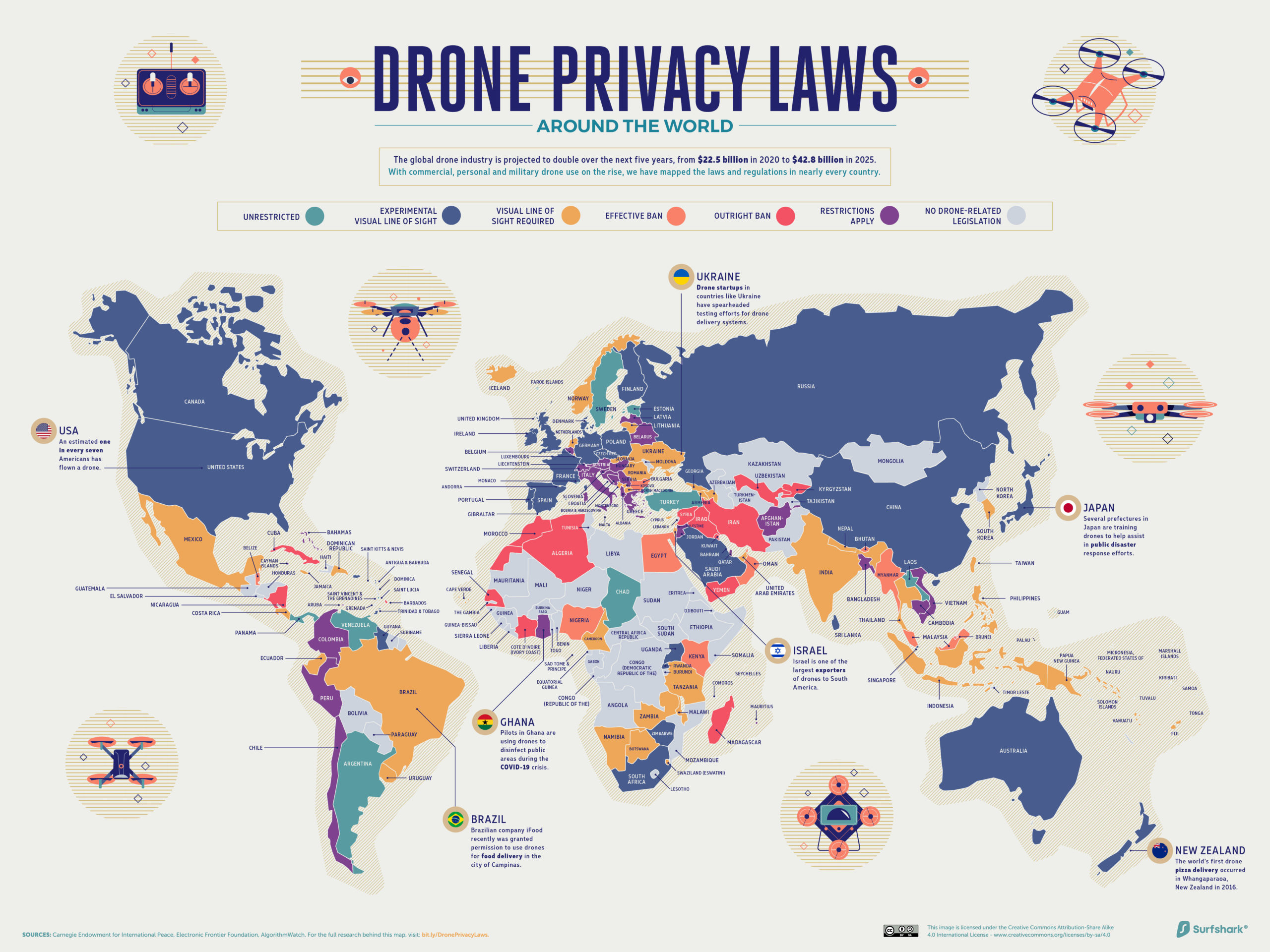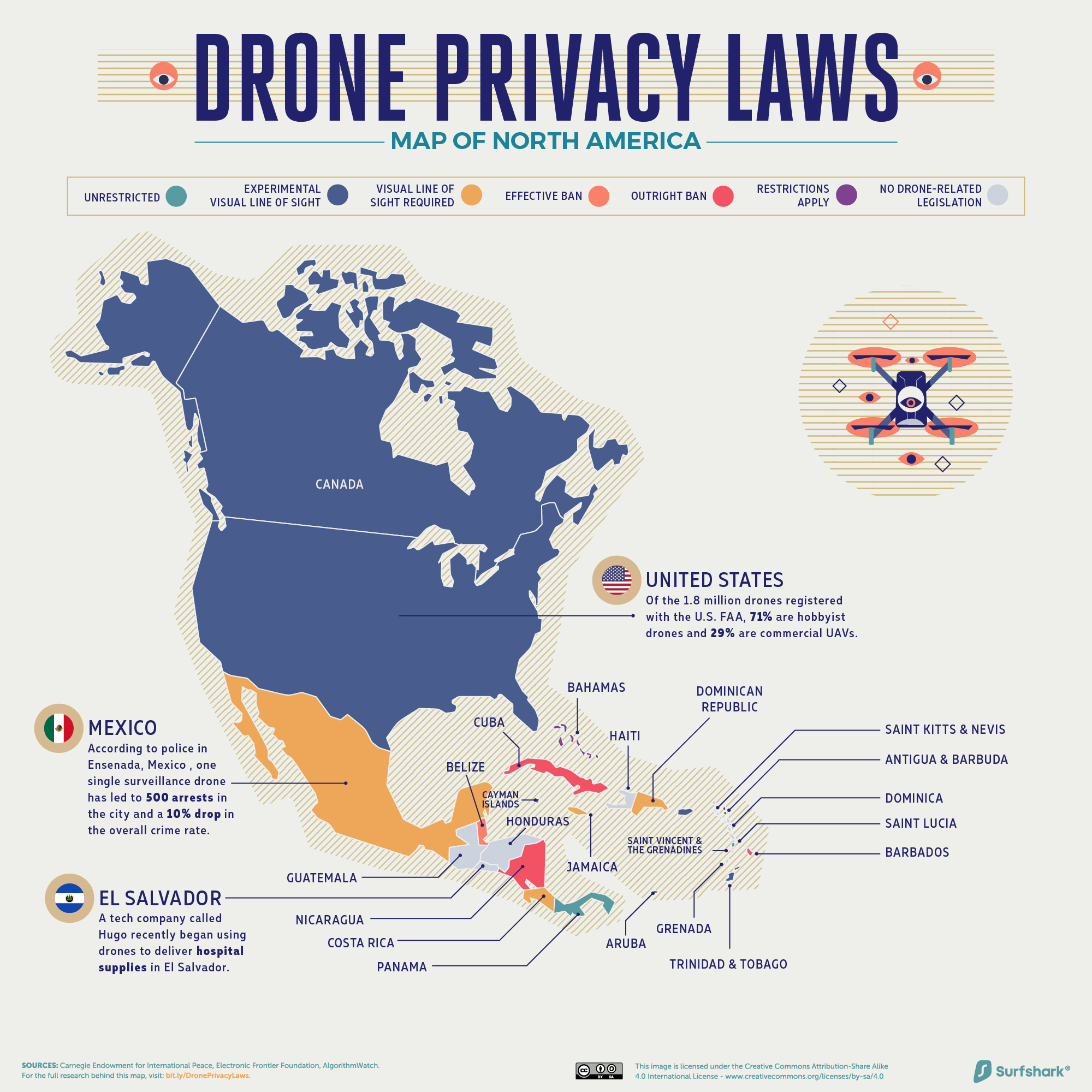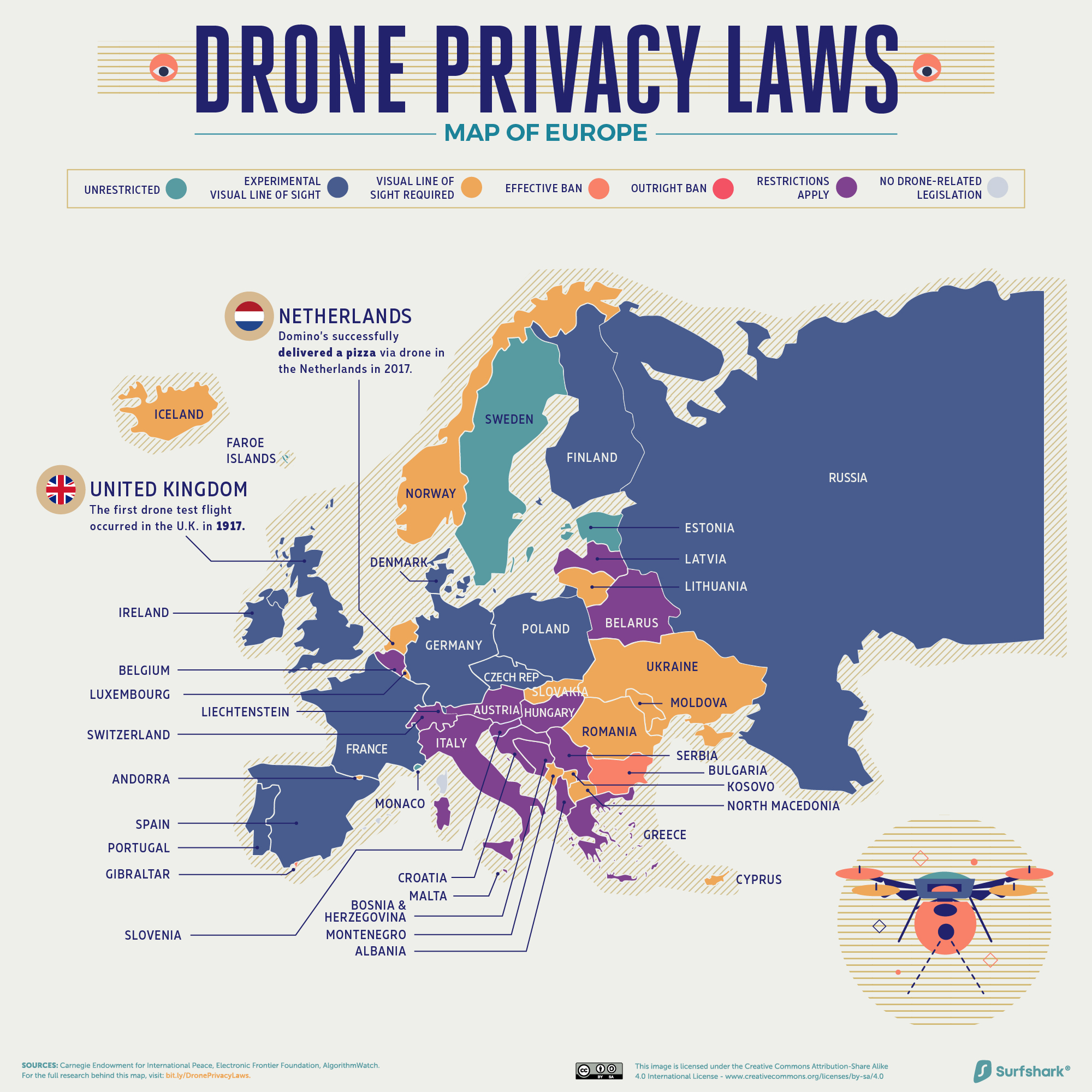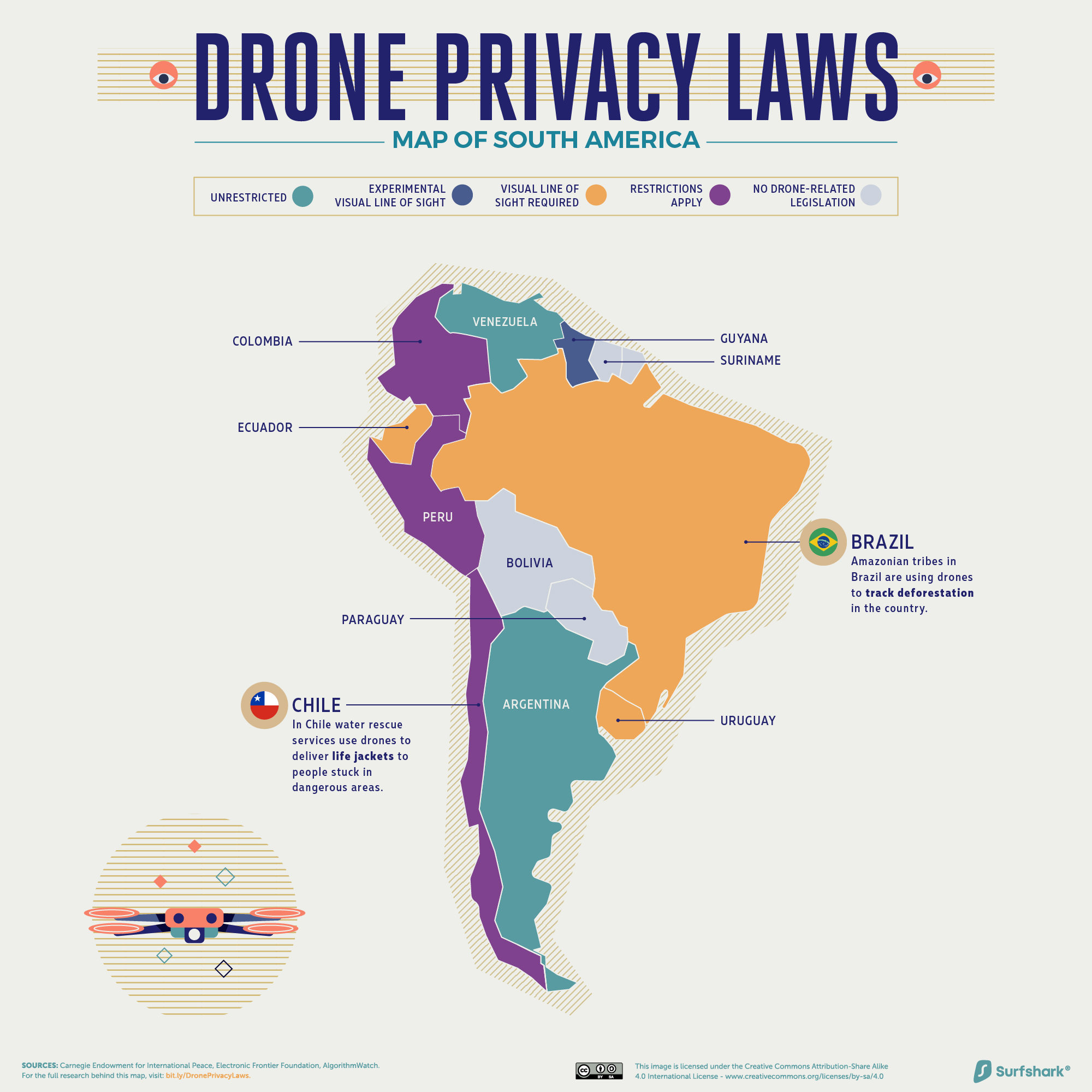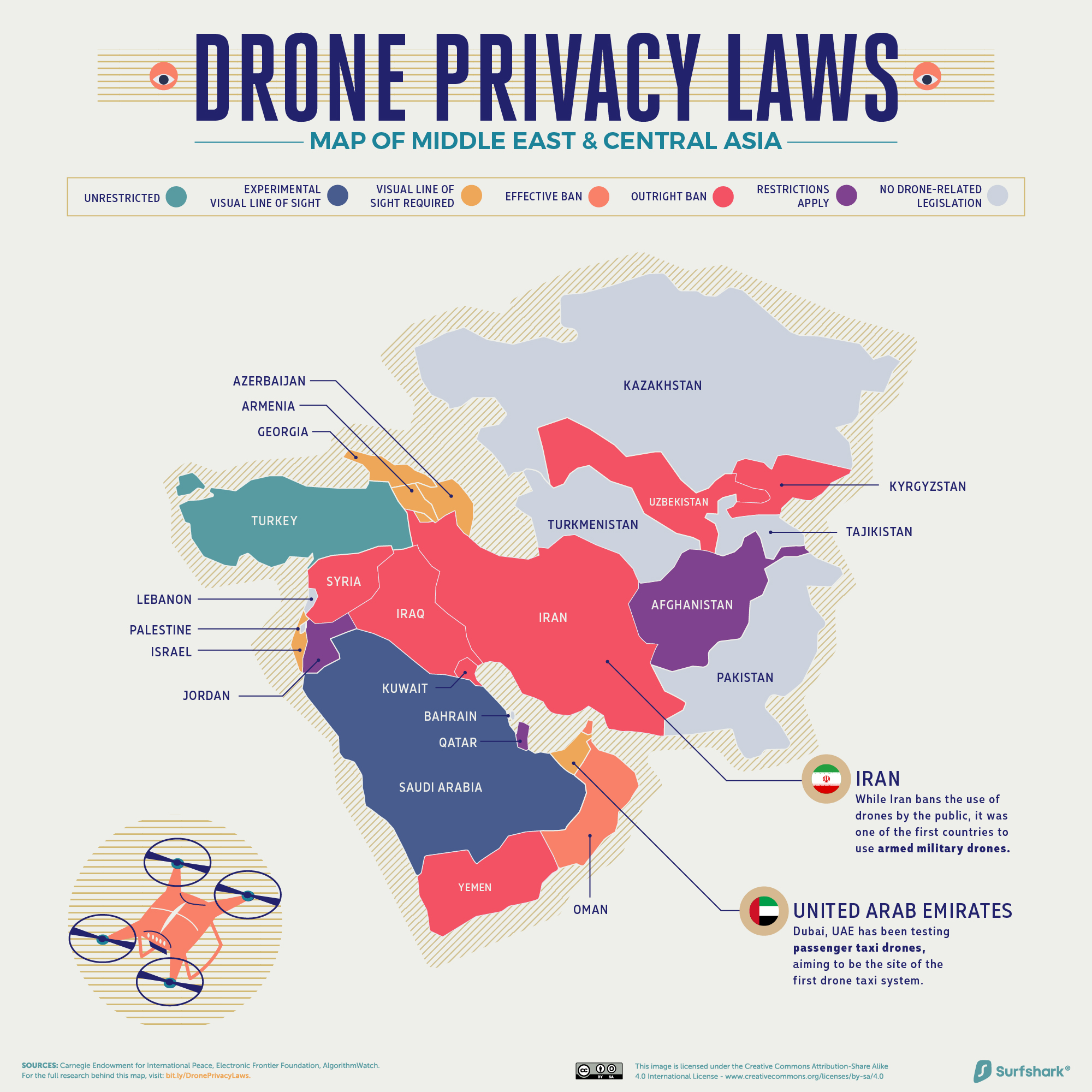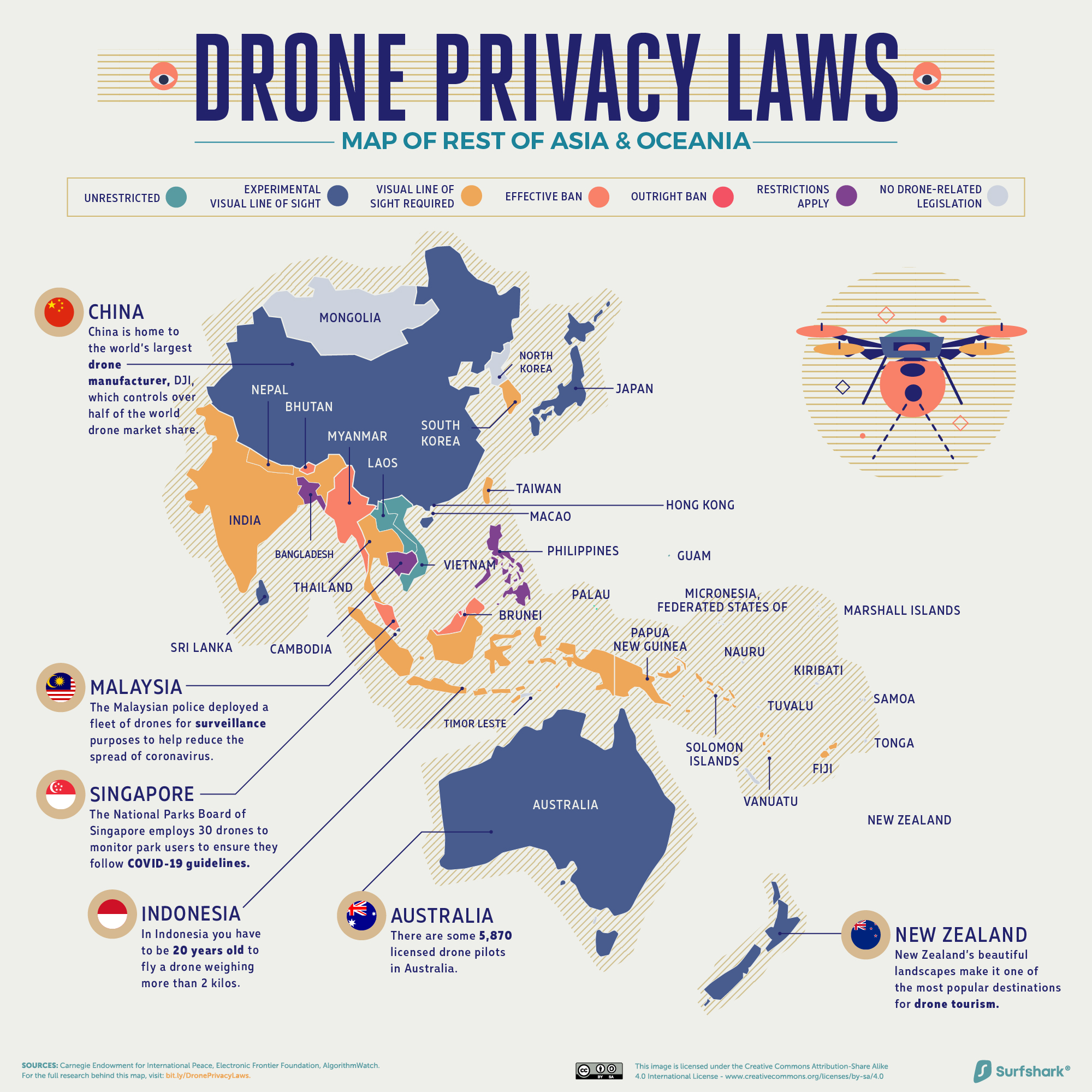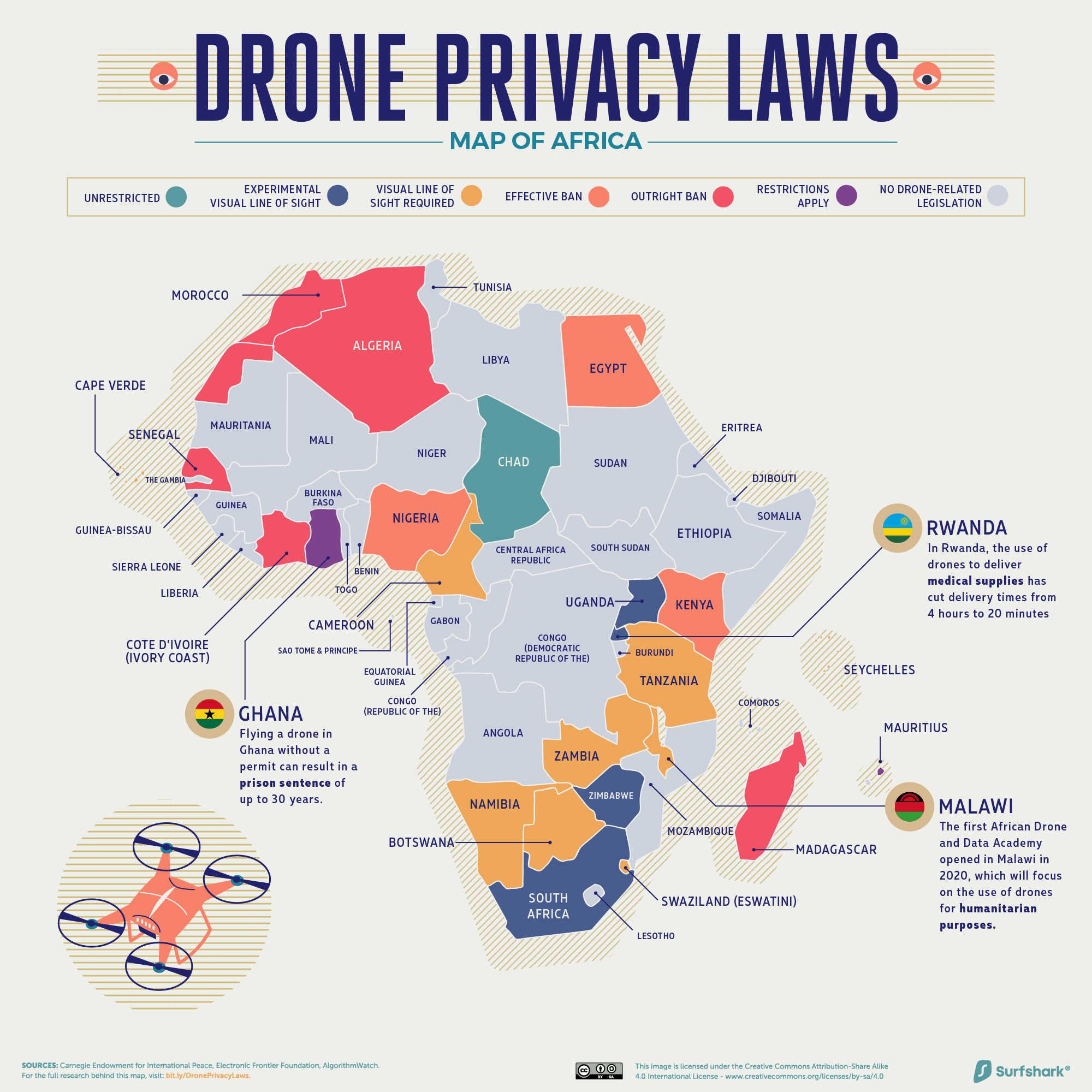
The largest and most precise 3D map of the Milky Way
“What do we know about the universe, and how do we know it? Where did the universe come from, and where is it going? Did the universe have a beginning, and if so, what happened before then? What is the nature of time? Will it ever come to an end? Can we go back in time? Recent breakthroughs in physics, made possible in part by fantastic new technologies, suggest answers to some of these longstanding questions. Someday these answers may seem as obvious to us as the earth orbiting the sun – or perhaps as ridiculous as a tower of tortoises. Only time (whatever that may be) will tell.” wrote Stephen Hawking in his 1988 Book ‘A Brief History of Time’.
Thirty-two years later, at 12:00 CET on 3 December 2020, the European Space Agency (ESA) released to the public data measured by its spacecraft Gaia and subsequently processed and validated by Scientists and Engineers. This is the first of a two-part release with the full data release planned for 2022. The data is expected to result in unlimited scientific discoveries, one of which is information on the history of our galaxy. Could this new data be the answer to some of Hawkins’ so-called “longstanding questions”?
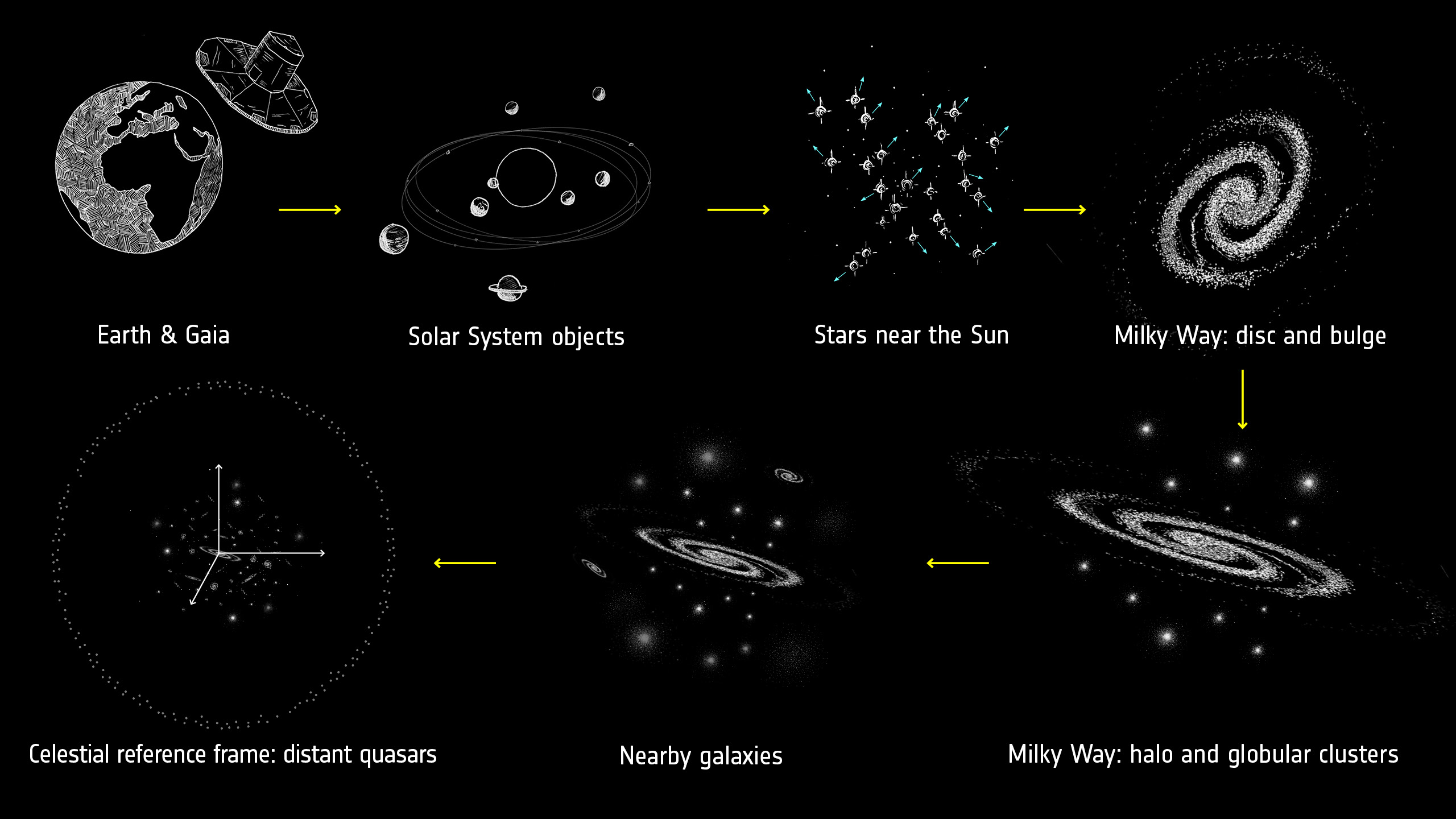
Summary of cosmic scales covered by the dataset
Credit: https://www.esa.int/ESA_Multimedia/Images/2018/04/Cosmic_scales_covered_by_Gaia_s_second_data_release, CC BY-SA 3.0 IGO
What is contained in the released Gaia data and what discoveries have been made so far?
Gaia’s new data is the largest and most precise information on our galaxy to date. The data contains a census of up to 300,000 stars in the solar neighbourhood; stars location, motion, and brightness measurement that are more precise than previous data; structures in the two galaxies near the Milky way; observed motions of extremely distant galaxies; just to name a few.
According to ESA’s Gaia Deputy Project Scientist, Jos de Bruijne, “The new Gaia data promise to be a treasure trove for astronomers.”
Gaia’s new data has provided insights on the evolutionary history of our galaxy and could predict its future. This is because it has enabled astronomers to trace the populations of old and new stars and study the pattern of moving stars at the edge of our galaxy. The motions of 40,000 stars 1.6 million years into the future have been predicted.

The trails on this image show the displacement of stars on the sky 400 thousand years into the future.
Credit: ESA/Gaia/DPAC, CC BY-SA 3.0 IGO
Gaia has made possible the measurement of the acceleration of the Solar System to the rest frame of the universe, besides providing details on the shape of the Solar System’s orbit around the centre of the galaxy. Gaia has measured that our galaxy has a spiral structure and that the solar system moves on an orbit around the galactic centre. The new data has also revealed that the Sun’s path is not straight but slightly curved.
There are many more discoveries relating to the origin, structure and history of our galaxy-and by extension the universe, that stand to be made from the Gaia data.
How can one access the data?
Gaia data can be accessed on COSMOS: The portal for users of ESA’S Science Directorate’s Missions. The Gaia DR3 datasets are based on data collected between 25 July 2014 (10:30 UTC) and 28 May 2017 (08:44 UTC), spanning 34 months.
Gaia’s journey so far and the future
Gaia was launched in 2013 to make the largest, most precise 3-dimensional map of our Galaxy by surveying more than a thousand million stars. The spacecraft has been mapping the stars from its orbit at a distance of 1.5 million km beyond the sun’s orbit. The mission was planned to end after 5 years of operation (July 2019), but the mission was extended to 31 December 2025 (subject to a mid-term review in 2022).
In conclusion
“… let the scientists search it … let the scientists use it … let the scientists boogie,” says a quote on the header of ESA’s Gaia Early Release 3 COSMOS portal.
We look forward to the galaxy’s mysteries this data will help uncover.
Sources
Hawkins, S. (1988). A Brief History of Time (1st ed.). Bantam Dell Publishing Group.
Patel, N. (2020). This is the most precise map of the Milky Way galaxy’s stars ever made. MIT Technology Review. Retrieved 09 December 2020, from https://www.technologyreview.com/2020/12/03/1013001/this-is-the-most-precise-3d-map-of-the-milky-way-ever-made/.
Gaia’s new data takes us to the Milky Way’s anticentre and beyond. The European Space Agency. (2020). Retrieved 08 December 2020, from https://www.esa.int/Science_Exploration/Space_Science/Gaia/Gaia_s_new_data_takes_us_to_the_Milky_Way_s_anticentre_and_beyond.
European Space Agency. (2020). Exploring Gaia’s 2020 data release [Video]. Retrieved 10 December 2020, from https://www.esa.int/ESA_Multimedia/Videos/2020/12/Exploring_Gaia_s_2020_data_release.
Gaia Early Data Release 3 overview – Gaia – Cosmos. Cosmos.esa.int. (2020). Retrieved 10 December 2020, from https://www.cosmos.esa.int/web/gaia/early-data-release-3.
ESA Science & Technology – Fact Sheet. Sci.esa.int. (2020). Retrieved 10 December 2020, from https://sci.esa.int/web/gaia/-/47354-fact-sheet.









